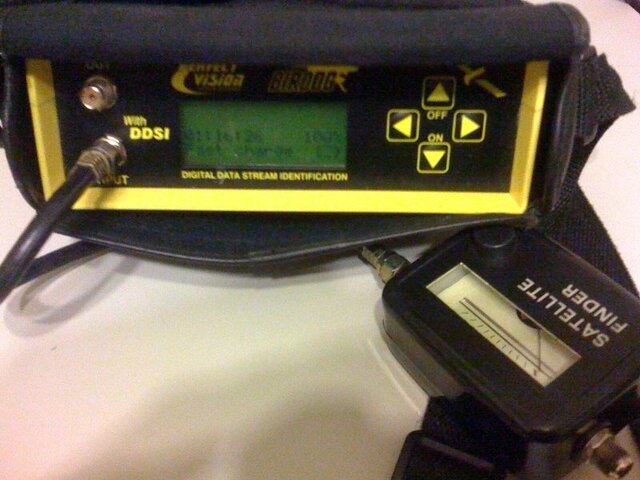Yeah, G3 issues....right there with ya bud :rant:
I agree, there are a lot of factor we just dont have the information about. We can only speculate from observation, but you would think any engineer worth his salt would know the fine line this signal is riding. Another 'speculative' observation is that since uplink/downlink ERP is proportionally related, and a TP has finite output for a given bandwidth, I'm still of a mind that someone is comming in pretty hot, and hogging the available power output of the TP at times. That makes the problem double if the 'hog' is also the one that is adjacent to 11735 powerstarving all other active signals (who else is there full time?) and causing capture problems too. The offending signals arent listed on Lyngsat, so who knows exactly what they are really running at, given that the STBs will lock them in a pretty wide range, all the way passed (above) the RTN signal.
I dunno. It is very annoying when it happens.
I dont see RTN getting picked up for a sub here. The local NBC has THiS and LTV for subs. The CBS and ABC affiliates both use one sc for delayed broadcasts of the main channel programming (what a waste) and the ABC station has the Accuweather feed (more usless crap tv) on their -3 sc. Fox, MY and CW dont have any sc that I've seen, but I cant see independents picking up an independent for a sc feed. ION has it's usual sc multiplex, as does PBS. I dont see Houston getting the RTN channels on OTA.
Even though they ended up in questionably the crappiest spot in the satellite spectrum, you are right, all things (Equitably, punny huh!) considered we should be thankful for what we do have.. I just cant beleive that the affiliates' engineers havent questioned the poor margin of error for threshhold receiption.
If it's not twice as good as it needs to be then it's only half as good as it should be. Let their signal jump to LEO-1 and I'll bet some heads will roll somewhere!
I still would like to know who runs Leo and what is the purpose of 24/7 color bars?





